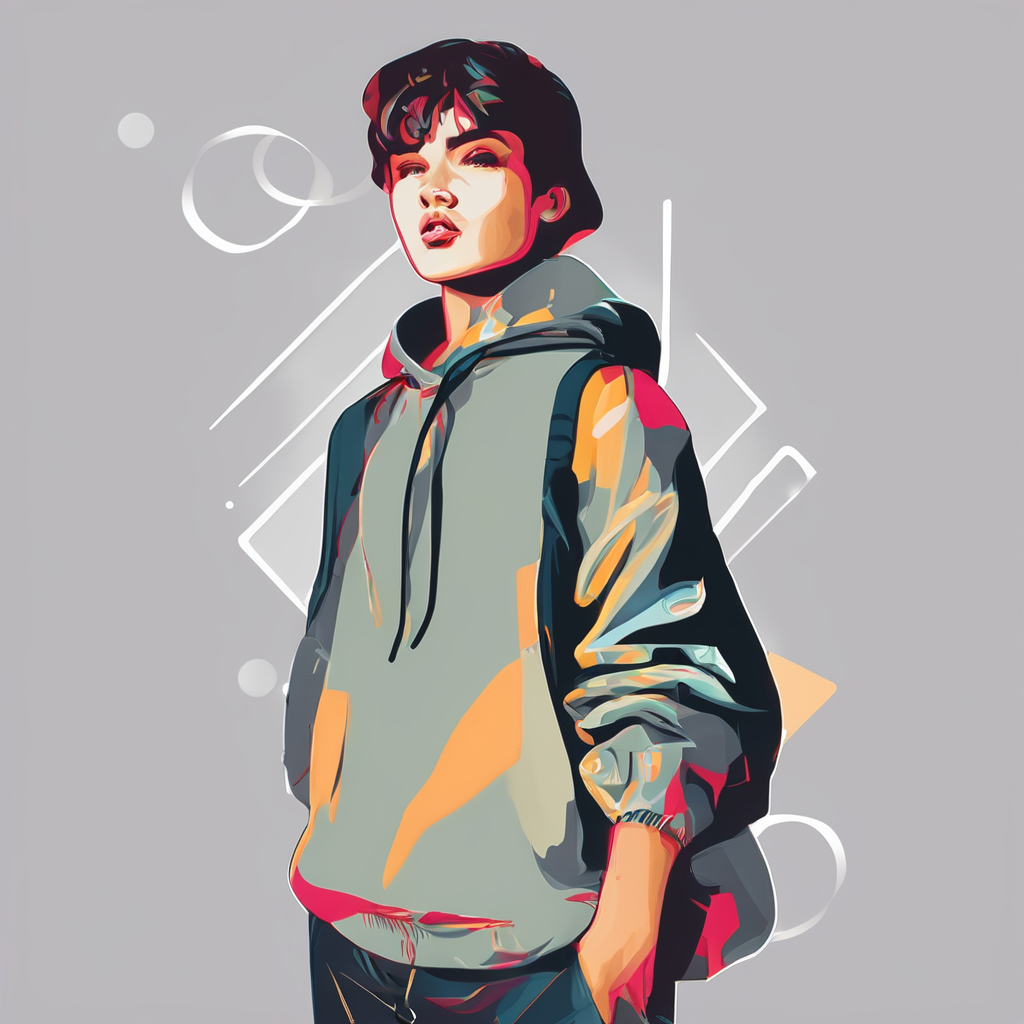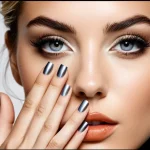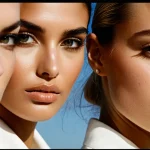Chronological Influence of UK Fashion on Global Beauty Standards
UK fashion history reveals a dynamic journey deeply intertwined with the evolution of beauty standards worldwide. Early UK fashion movements, such as the Victorian era’s emphasis on corsetry and elaborate dresses, aligned with strict beauty ideals emphasizing a cinched waist and demure femininity. These historical fashion trends set foundational concepts of elegance that resonated globally.
The 20th century marked landmark moments with shifts that redefined beauty perceptions. The 1960s’ Mod movement introduced fresh silhouettes and youthful energy, challenging prior norms. Later, punk style in the 1970s rebelled against conventional beauty, promoting edgier, androgynous looks. These shifts illustrated how UK fashion continually influenced the global narrative around what constitutes beauty, fostering acceptance of diverse expressions.
Also to read : How do UK women incorporate vintage fashion into their daily style?
Currently, global beauty standards reflect decades of UK style evolution, wherein the blending of historical fashion trends and contemporary innovation creates a versatile landscape. British fashion’s ability to evolve and challenge norms ensures its role in shaping beauty ideals that transcend borders. This ongoing influence reminds us that beauty is ever-changing, guided significantly by the UK’s rich fashion heritage.
Iconic UK Designers and Trendsetters Impacting Beauty Norms
The impact of iconic UK designers on global beauty norms is profound, with figures like Vivienne Westwood and Alexander McQueen reshaping perceptions through their innovative and provocative designs. Westwood’s punk-inspired aesthetics challenged conventional beauty, introducing rebellious themes that questioned societal standards. Similarly, McQueen’s theatrical and boundary-pushing fashion highlighted the power of storytelling in redefining beauty, blending artistry with subversion.
In parallel : How Can You Incorporate Vintage British Fashion Into Your Wardrobe Today?
Beyond designers, British fashion icons such as Twiggy, Kate Moss, and David Bowie played pivotal roles in influencing beauty ideals. Twiggy’s waif-like figure and youthful appearance sparked the “Mod” beauty revolution in the 1960s, while Kate Moss epitomized a shift toward more androgynous and relaxed looks, influencing global modeling standards. Bowie’s fluid expressions of gender and style broke barriers, expanding the scope of accepted beauty norms.
The British Royal Family has also contributed to shaping beauty norms by setting sophisticated and timeless style examples. Their public appearances inspire global admiration, subtly influencing global perceptions of elegance, grooming, and poise. Together, these designers and icons have been crucial in transforming the landscape of beauty ideals vis-à-vis UK fashion history.
Notable UK Fashion Trends and Their Connection to Beauty Ideals
UK fashion trends have long been catalysts for evolving beauty ideals, especially through influential subcultures. The Mod movement in the 1960s introduced sleek lines, geometric patterns, and sharp tailoring, promoting a polished, youthful appearance. This trend redefined beauty ideals by celebrating slim silhouettes, clear skin, and minimalistic makeup, particularly emphasizing large, expressive eyes and short haircuts.
The 1970s punk style dramatically challenged beauty norms with its rebellious spirit. Punk’s ripped clothes, bold hairstyles, and heavy eyeliner conveyed defiance and individualism, inspiring a broader shift towards embracing edgier, nonconformist beauty ideals. This period emphasized self-expression and questioned mainstream aesthetics, encouraging inclusivity of unconventional looks.
Similarly, Gothic aesthetics introduced dark, mysterious visuals with pale skin, dark lipstick, and dramatic eye makeup. This subcultural influence expanded beauty standards by normalizing alternative, moody styles that celebrated contrast and theatricality.
Over time, the mainstream adoption of these subcultural styles has reshaped modern beauty expectations, blending rebellion with elegance. The interplay between UK fashion trends and beauty ideals underscores how cultural shifts, through style and attitude, continue to transform global perceptions of attractiveness and self-expression.
Challenging and Shaping Perceptions of Body Image
UK fashion has played a pivotal role in challenging traditional body norms by promoting diversity and inclusivity. Historically, fashion emphasized narrow beauty ideals, but UK designers and movements have increasingly embraced different body shapes, sizes, and ethnic backgrounds, reshaping beauty perception.
The rise of size inclusivity in UK fashion reflects a deliberate effort to move beyond the conventional “ideal” silhouette. Brands and runway shows now celebrate curves, athletic builds, and more, illustrating fashion’s power to influence societal attitudes. This shift also encourages greater representation, allowing a wider audience to see themselves reflected in beauty standards.
Furthermore, UK fashion’s challenge to beauty norms fosters a more diverse beauty landscape, valuing individuality and self-expression over conformity. Campaigns featuring diverse models and inclusive sizing have influenced global beauty ideals, pushing the industry toward genuine acceptance rather than mere tokenism.
Through this ongoing evolution, UK fashion continues to shape perceptions of body image by promoting healthy, realistic, and empowering beauty ideals. This impact emphasizes the importance of embracing diversity, allowing global audiences to explore broader interpretations of beauty that transcend outdated norms.
Chronological Influence of UK Fashion on Global Beauty Standards
UK fashion history has consistently mirrored and shaped the evolution of beauty standards by introducing distinctive aesthetics aligned with prevailing cultural ideals. Early UK fashion movements, such as the Victorian era, emphasized structured silhouettes like corsetry, reinforcing strict beauty ideals focused on formality and modesty. These historical fashion trends established a foundation for future global interpretations of elegance and femininity.
The 20th century witnessed landmark shifts in this trajectory. Mid-century styles like the 1960s Mod movement revolutionized beauty perceptions through youthful, streamlined designs that celebrated minimalism and boldness. Subsequently, punk fashion’s emergence in the 1970s marked a radical departure, embracing raw energy and individualism, which challenged and broadened conventional beauty norms worldwide.
Today, global beauty standards continue to evolve under the influence of UK style evolution. Contemporary fashion in the UK integrates past traditions with cutting-edge innovation, influencing diverse ideals of beauty that emphasize inclusivity and self-expression. Through its rich and varied timeline, UK fashion history remains a powerful force in redefining beauty standards on a global scale.
Chronological Influence of UK Fashion on Global Beauty Standards
UK fashion history reveals an evolving relationship between style and beauty ideals, where early UK fashion movements set strict guidelines around appearance. The Victorian era’s focus on corsetry and elaborate dresses reinforced narrow definitions of femininity, emphasizing a cinched waist and modesty essential to beauty norms of that time. These historical fashion trends established a template for elegance that influenced global perceptions of attractiveness.
Significant shifts occurred during the 20th century, marking landmark moments in the evolution of beauty standards. The 1960s Mod movement introduced clean lines and youthful energy, promoting a fresh, minimalist ideal that revolutionized beauty perceptions worldwide. Moving into the 1970s, punk style challenged the status quo with its raw, rebellious aesthetics—bold hairstyles and makeup symbolized a rejection of conventional beauty. Such shifts demonstrate how UK fashion history actively influenced changing beauty ideals beyond national borders.
Currently, global beauty standards continue to be shaped by the dynamic evolution of UK fashion history, blending traditional influences with contemporary innovation. This ongoing interplay fosters diverse and inclusive beauty ideals, illustrating the sustained impact of UK fashion’s rich heritage on global style and self-expression.


